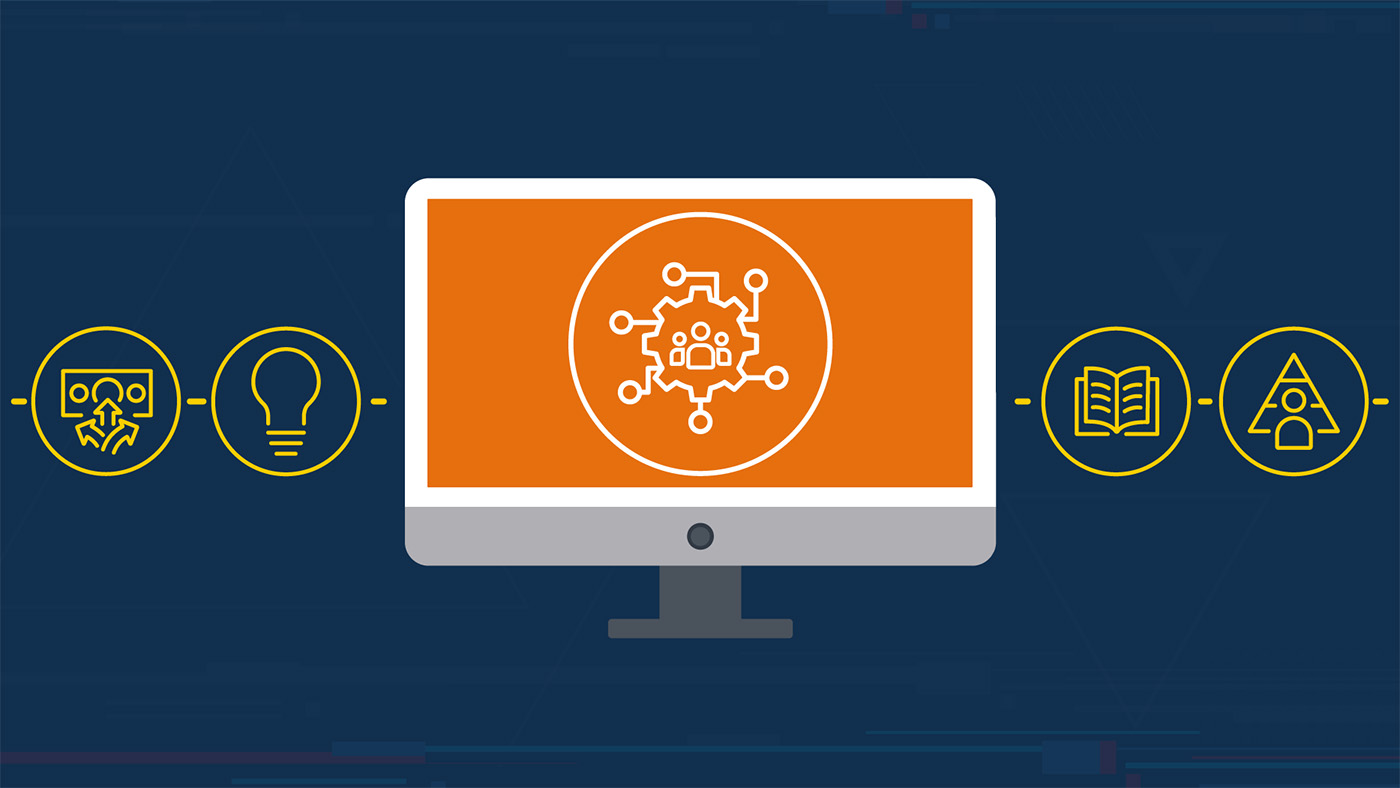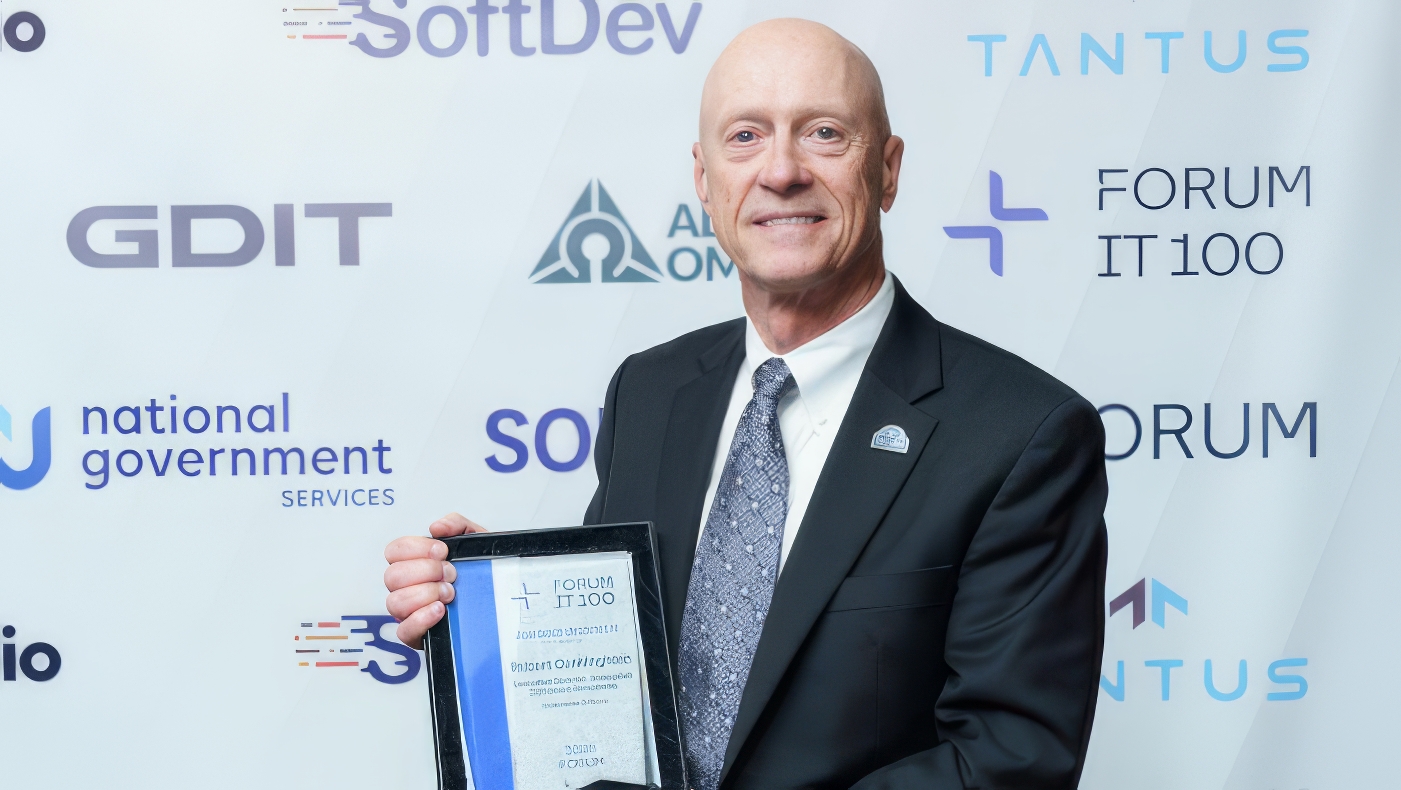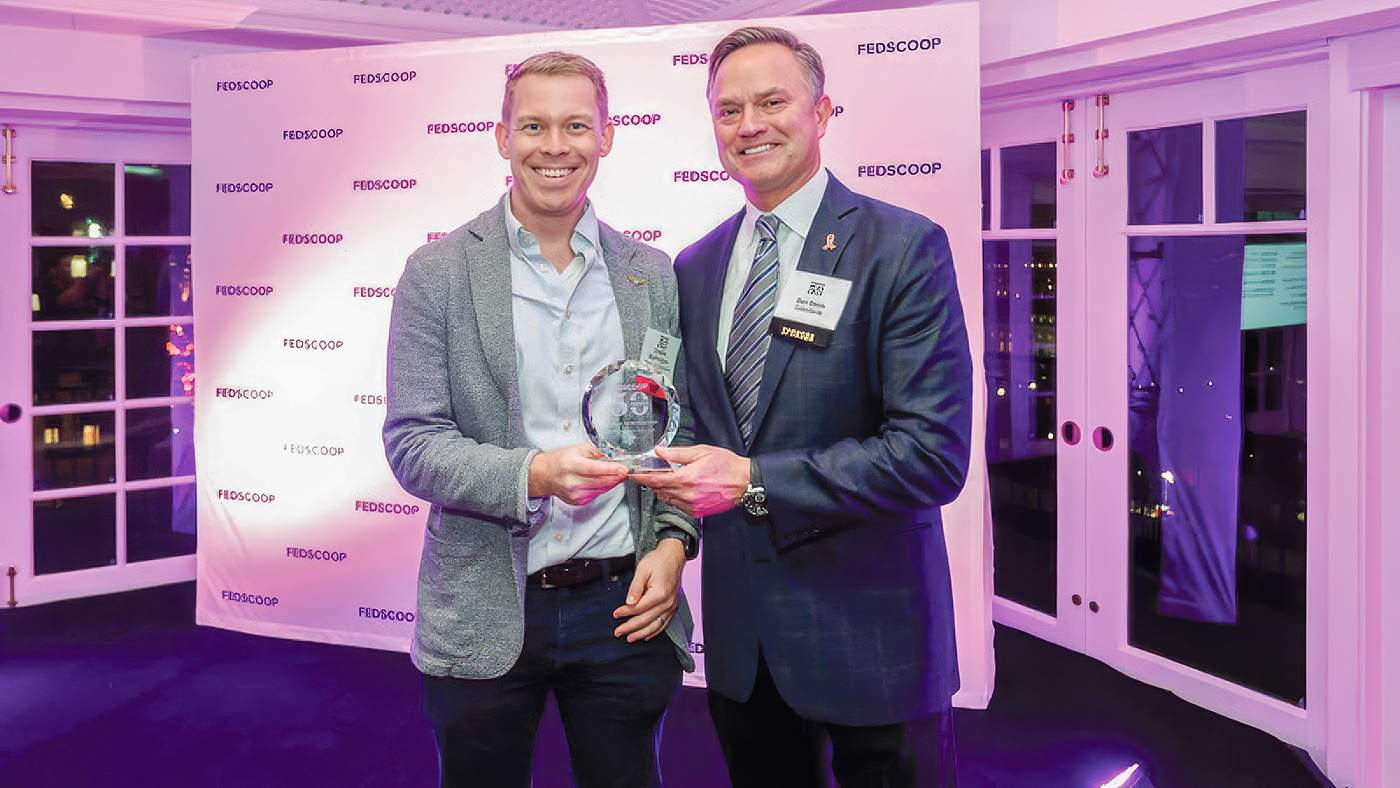Appears In
The Department of Veterans Affairs (VA) boasts a workforce of more than 400,000 employees who manage the planning and operations of the nation’s largest integrated health network, a benefits system, and more than 150 cemeteries. And yet while the Partnership for Public Service ranked VA in the top five Best Places to Work in the Federal Government in 2021, the Department reported the highest attrition rate last year, at 7.1 percent, an increase from their 6.4 percent attrition rate in 2020 and a full percentage point higher than the government-wide average.
One of the obvious challenges to hiring and retaining workers in the federal sector is the substantial pay discrepancy. In a report released in August 2022, the Federal Salary Council estimated that government workers earned 22.47 percent less than their private-sector counterparts. Worse yet, the unemployment rate for technology occupations is near record lows, resulting in a competitive job market that favors applicants.
VA’s Office of Information and Technology’s (OIT) Chief Information Officer, Kurt DelBene, an executive with an extensive resume in both private and public sector positions before joining OIT in January 2022, recently testified on this challenge at a Congressional Subcommittee meeting with the House Veterans Affairs Committee on Cybersecurity and Risk Management. “We compete every day for people that can earn higher salaries outside of the federal government…we need to figure out pay scales that bring our pay up to a level that’s commensurate with what competitive offerings look like.”
However, Mr. DelBene knows that IT professionals will be attracted to a career with OIT because of a sense of service to a greater cause, a unique quality that the private sector can’t compete with in the same way. “We’re at the heart of delivering a quality health care and benefits experience to Veterans,” he said as part of OIT’s Vision 2022. “Take, for instance, the Promise to Address Comprehensive Toxins (PACT) Act. We’re going to get a lot more claims…so the vision, the roadmap, the resource allocation [to deliver on these claims] needs to be dynamic.”
For Mr. DelBene, this means creating new possibilities for career growth with OIT. “It’s about taking what I learned in the commercial sector and saying, ‘how can we use that to get even better in the VA?’” One possible solution proposed by Mr. DelBene is crafting its own hiring strategies, particularly for positions within the Information Technology Management Series (GS-2210), which includes increasing salaries to close the gap between the private sector and public. “OIT is currently leading an interagency project team to develop a government-wide special salary rate for GS seven through 15 positions within the 2210 series,” Mr. DelBene noted at the Congressional Subcommittee meeting. “VA is working in partnership with the Office of Personnel Management on this effort [which] is being coordinated across the federal government through the federal cyber workforce management and coordinating workgroup.”
Additionally, OIT is bolstering efforts to attract and retain talent, such as through the Office of People Science. This office is committed to educating, training, and skilling the cyber and technical workforce by equipping the current and future VA workforce with the knowledge and skills necessary to meet the changing demands of the complex technical and evolving cyber landscape. The capabilities and resources offered by The Office of People Science enable OIT to hire and develop professionals with the necessary skills, knowledge, and abilities to combat current cyber threats and ultimately more effectively build, secure, operate, defend, and protect its data and resources. Efforts such as the Cyber Training Academy, Cyber Career Pathways, Cyber NexGen Program, and VA Cyber Workforce Management policy create a multifaceted approach to defining, engaging, and developing the current and future federal cyber workforce. For example, the Cyber Training Academy will create an agile and effective cyber workforce equipped to build, secure, operate, protect, and defend Department information systems.
“It’s about being very deliberate in understanding the career path for people in the VA and OIT. I think we can be an onramp particularly for Veterans to join…you’re not going to get all of that unless you’re super deliberate about thinking about your agenda on people,” stresses Mr. DelBene.
Ultimately, all employee recruitment and retention efforts come down to “creating energizing career progression plans that can move employees along a competitive, fulfilling career pathway, where staff are focusing most of their time on leading strategic vision versus task management,” says Mr. DelBene. As OIT continues its Digital Transformation, leadership is prioritizing examining traditional industry career paths to determine how to make OIT just as competitive, allowing OIT employees to be prepared for private sector jobs or for private sector experts to transition seamlessly to a career with the Department. Mr. DelBene understands that any investment in OIT employees is an investment in Veterans, a focal point of OIT’s Vision for Digital Transformation. “We must be trustworthy stewards of resources and advocate for mission-driven decisions,” he says. “Every dollar not spent on the mission is detracting from our ability to deliver services to Veterans.”
Topics in this story
More stories
Link Disclaimer
This page includes links to other websites outside our control and jurisdiction. VA is not responsible for the privacy practices or the content of non-VA Web sites. We encourage you to review the privacy policy or terms and conditions of those sites to fully understand what information is collected and how it is used.






